With snow covering the grounds, UFV students flexed their artistic muscles. What had been intended as a walk to find the best snowmen on campus showed that our student body has transcended simple snowmen (since there were none to be found) and has opted to show their immense creativity with more original forms of artwork. Their detailed, well thought-out, and thoroughly impactful works are all over campus — you just need to know where to look.
The Corner Cutter
Following in the grand artistic tradition of, well, giving the metaphorical finger to tradition, this artist was a rebel with no regard for convention. They saw the expectations of walking as a medium and flaunted them, unpacking the notion that they should follow the paths and keep their shoes dry. Why? Why do we all walk the routes that are cleared for us? The artist poses a simple question: is the snow shovel a tool of control, and does that make boots a weapon of defiance?
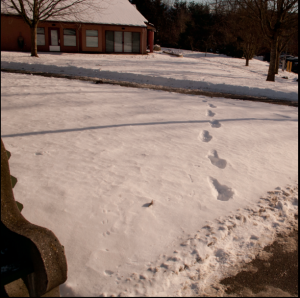
Lil Birdie
A piece of art that incorporates a living being, the artist clearly intended this to emulate the listless daze students feel at the start of the winter semester. Just as the bird scavenges for the scantest trace of food on the frozen pond, the winter student must search within themselves to find the will to attend their classes. And just as the bird will one day fly away from this installation, so to will we all leave in the spring, some for the last time, to search for our ponds that never freeze.
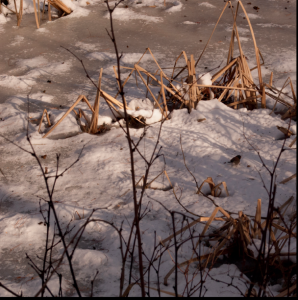
The Obelisk
A towering testament to the cold impersonality of man, the artist did away with ideas of snowmen, women, and children, of even snow beings. They are saying “This is all we are now. We are not individuals. We are not unique. We are amorphous faces in the crowd, mass produced by a culture of consumerism that cares little for those details we think makes us us.” But even in conformity, there is personality. A tuft of grass in the upper right of this ball winks back at the viewer, knowingly acknowledging that nobody can truly be homogeneous.
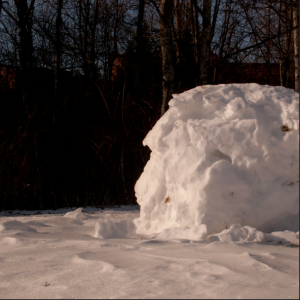
Pushed Aside
This empty walkway shows the signs of a tumultuous past, where strife pushed some who had the audacity to try to walk on the pathway of the elite to the cold sidelines. The bench represents those who had no strength to go on, who submitted to the will of the elites and gave up. But the footsteps, presented on the opposite side, represent an opposite mentality. An unwillingness to give up in the face of the oppressors, a story of those who fought on and forged ahead through the tough circumstances forced upon them, until eventually they were able to rejoin the walkway.
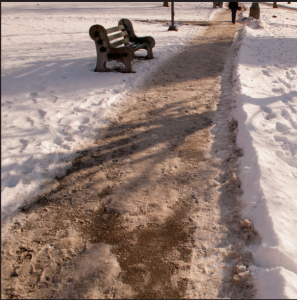
The Sticks
A tale of unrequited love, this simple piece speaks volumes. The two sticks, who are clearly close, and have been for a long time (symbolized by them being long) rest nearly touching, but not quite, at a nearly perpendicular angle, but not quite. The rock, which seems to be their home, is the foundation of their relationship, but it is also the thing that keeps them apart; if it were just a little shorter, the road a little less difficult, they would truly be together. Instead, the short stick is left to feel an eternal longing, with the long stick up on a pedestal, nearly within reach, but coldly extending past the short stick and searching off into the distance for something else. It is a tragic piece, that evokes the pain of the short stick within a viewer, but also makes one wonder: why should the long stick give up on its dreams and settle for the bent, gnarled branch that feels so entitled?
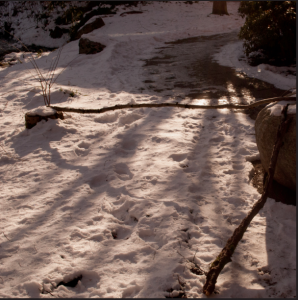

Jeff was The Cascade's Editor in Chief for the latter half of 2022, having previously served as Digital Media Manager, Culture & Events Editor, and Opinion Editor. One time he held all three of those positions for a month, and he's not sure how he survived that. He started at The Cascade in 2016.


